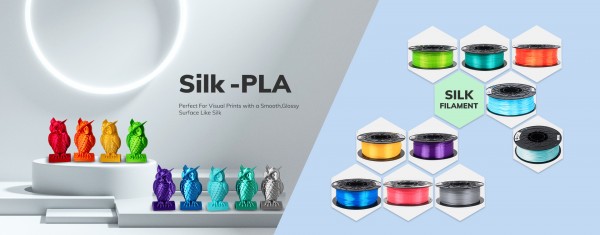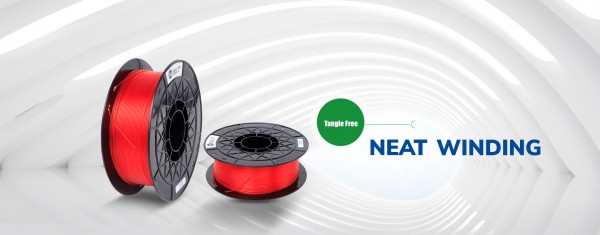3D printing is born to bring forth the fresh, enabling design and manufacturing to happen in a new fashion. Artists are gradually unleashing the productivity of this layer-by-layer technology and the versatility of 3D printable materials to achieve artistic creations.

1. Turn impossibility into more possibilities
One of the biggest advantages of 3D printing is flexibility which makes personal customization more possible no matter how the designs are complex. Revolutions are happening in almost all sectors. 3D printed components for actuators, LEDs, and audio types of equipment can be directly embedded into final products, greatly shortening the production cycle and reducing cost. Examples can be also seen in the jewelry market. 3D printing can create highly customized artifacts. “Emotional Veil” by Philip Beasley manifests the proof of 3D printing turning impossibilities into more possibilities.
Inspired by 3D printing technology, the boundaries of fashion design is no more than tailoring techniques. Many structures and shapes that are previously difficult to achieve in 2D can be realized through 3D technology.

Artists are often hampered in design and execution because of size and scale, whether they are designing small or large works. However, 3D printing makes it no longer an obstacle. For instance, jewelry designers create more complex designs than those done by handcrafting. All exquisite details and delicate patterns can all be accurately presented by a 3D printer.
Digital technologies are revolutionizing traditional prototyping methods. Many jewelers utilize 3D printing to create original prototypes. Benefiting the convenience of saving, accessing, and copying digital 3D model designs, the whole production process achieves lower cost in time and investment. Jewelers and ceramic artists can design, prototype, and produce large numbers of identical items cheaply and efficiently, based on a single design that is stored digitally.
4. Art restoration and recreation
3D printing technology is not just used to design and produce entirely new works. It also repairs historical artworks that were previously impossible to restore. Art restorers use 3D scanning to evaluate antiques before restoration, then 3D model design software will be used to reconstruct the missing elements by using the existing part of the sculpture so as to maximize the success of subsequent repairs.
5. Cross-boundary melting pot
Nervous System’s creates unique art, jewelry, and housewares through mash-ups of computer science, math, biology, and architecture. Their project takes inspiration from unlikely sources, like biological processes, which are then mapped into new forms using CAD and turned into ceramics using the unique Ceramic Resin material.
Free of the restrictions imposed by the usual design and manufacturing techniques, even their most unusual geometric designs have structural integrity and durability when created using a 3D printer. Digital tools are the cornerstone of their project and proof that 3D printing can inform the entire ethos of an artistic project as well as influence its choice of production method.
The Future of 3D Printing Art
It has been an indisputable reality that 3D printing and art are fused to create more beauty. From students to professionals, all have begun to make creative use of 3D technology. Due to the wide applications in various sectors such as the medical industry, materials development, and construction, 3D printing allows artists to explore previously inaccessible areas.
Media Contact
Company Name: Shenzhen Primes Technology Co., Ltd.
Email: Send Email
Phone: +86 13682424502
Country: China
Website: https://www.primes3d.com/
